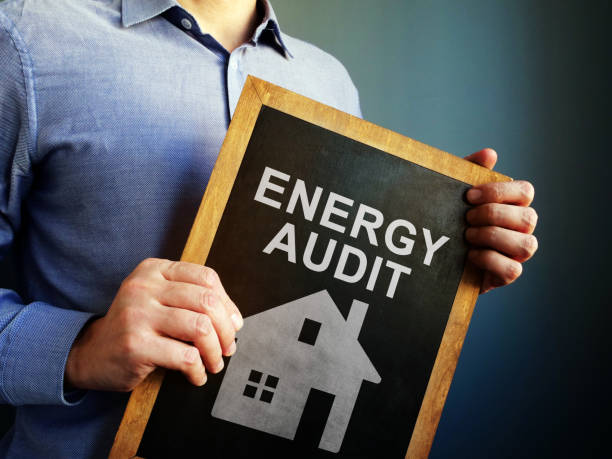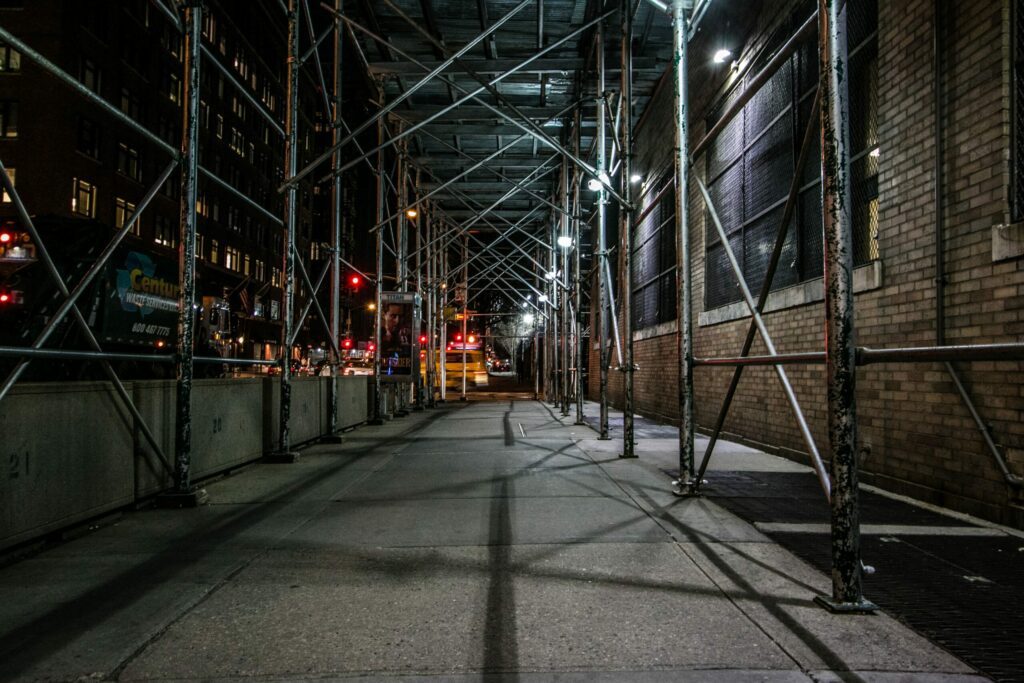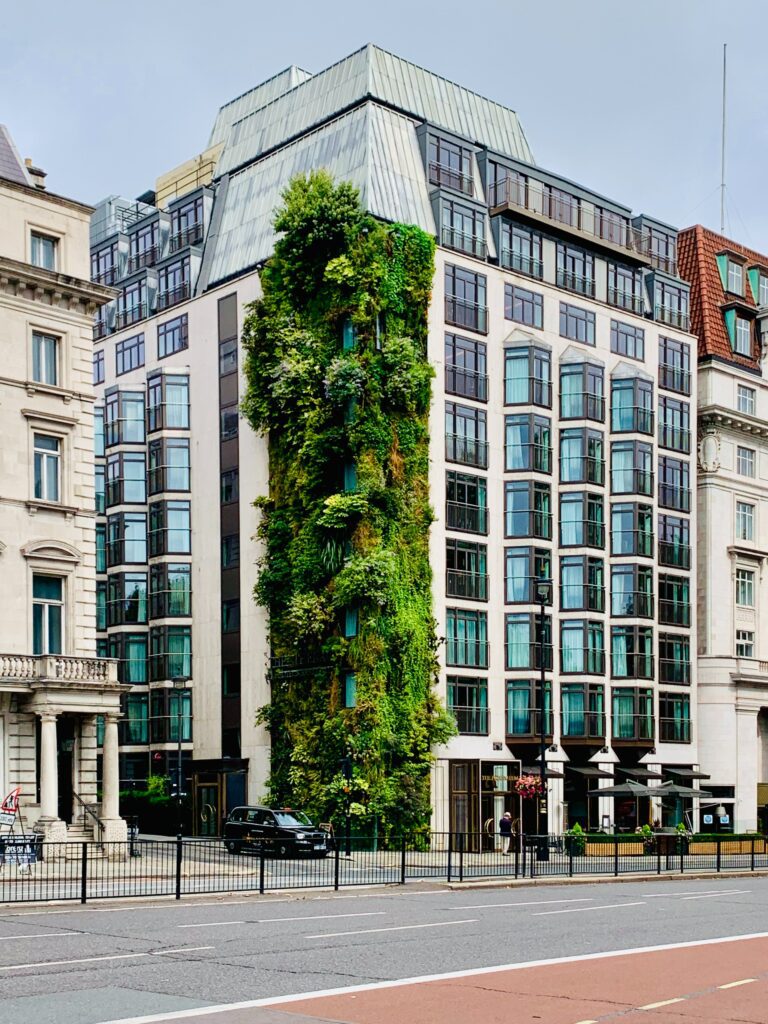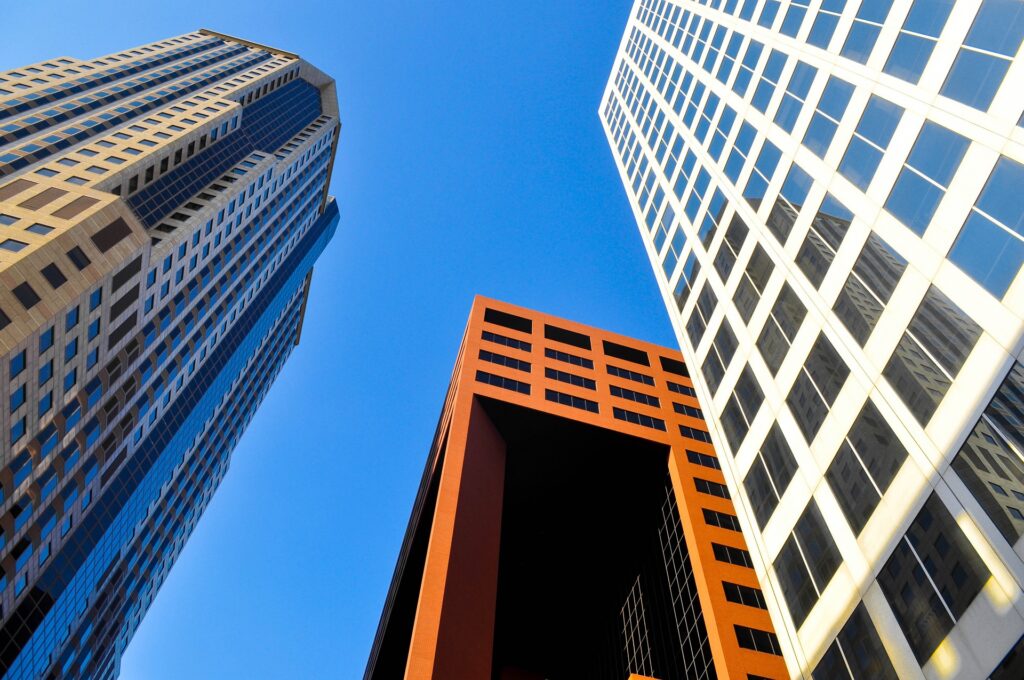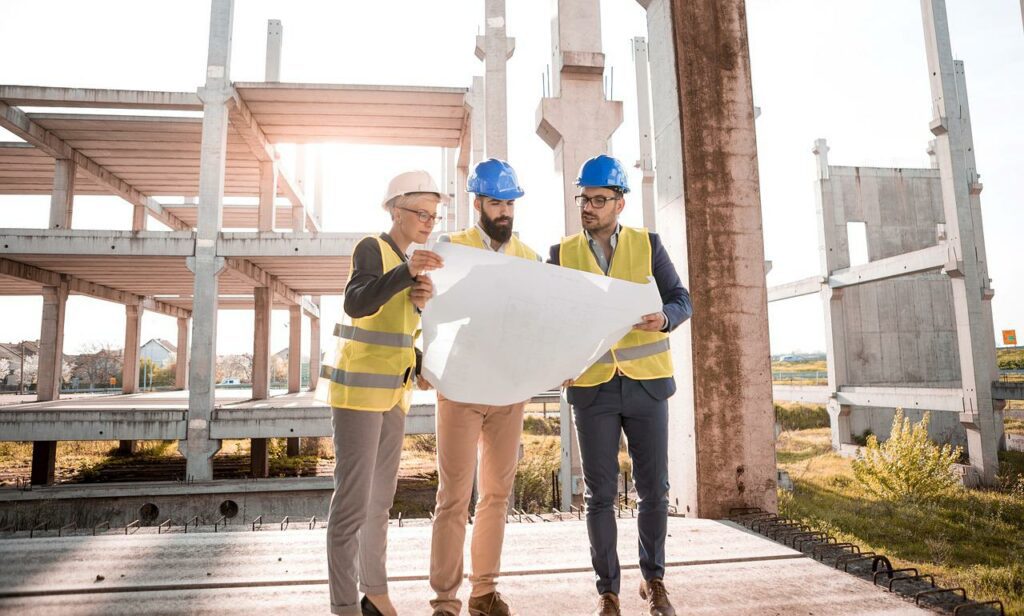Enhancing Building Efficiency and Budgeting Through Energy Audits: A Guide to Local Law 87 and ASHRAE Level II Audits
Summary: Green Potential has recently launched a service offering ASHRAE level II audits (and Local Law 87 audits). Our goal is to make these critical audits more accessible and cost-effective. Furthermore, if the building opts for it, we can collaborate with NYSERDA to leverage incentives and provide a 3rd party verification of quality for the …

